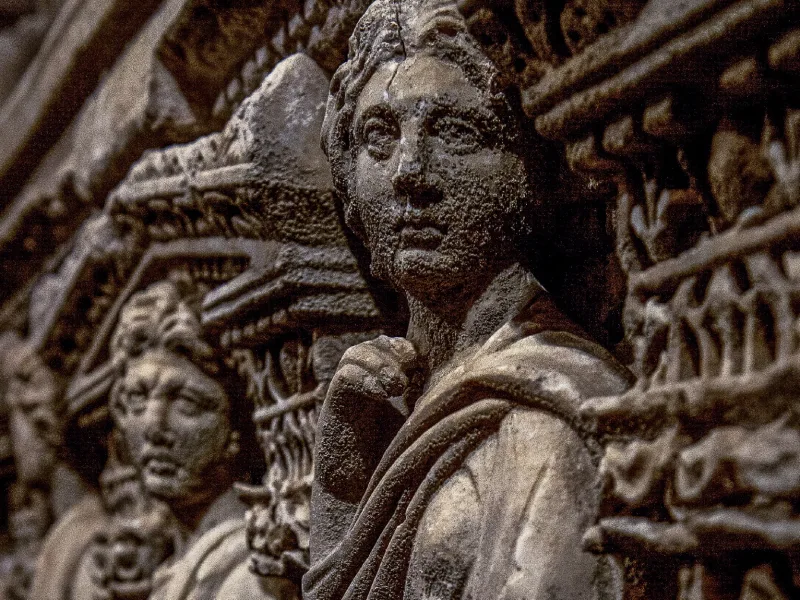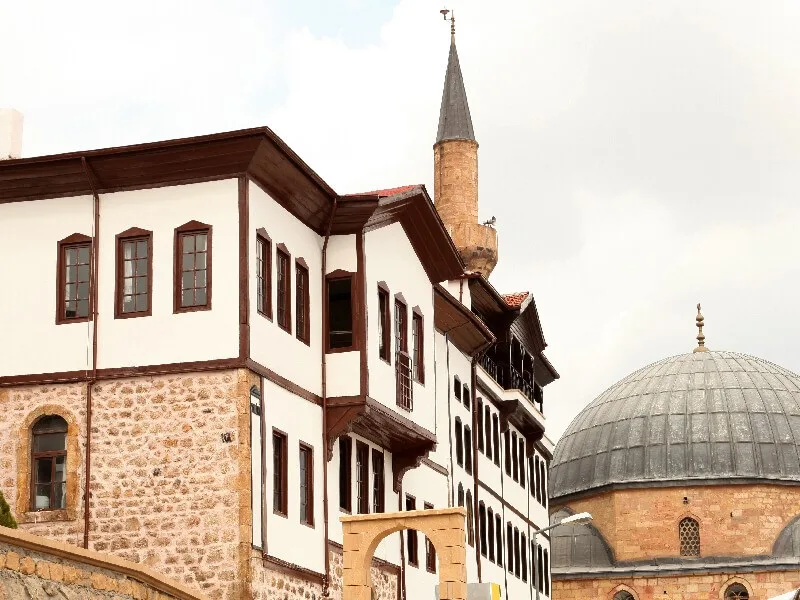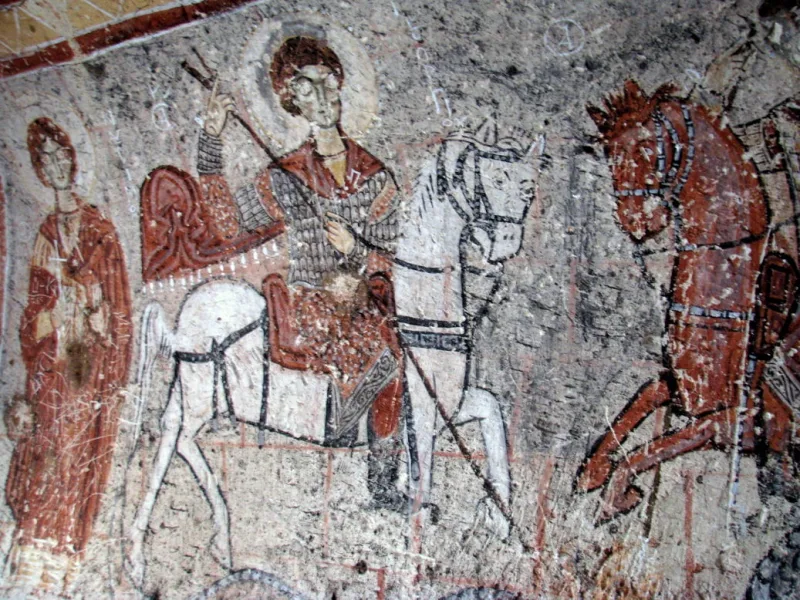Having witnessed civilizations such as Byzantine, Iranian, Seljuk, and Mongolians, Tokat is located in the middle of Samsun, Sivas, Amasya, and Ordu provinces. The city is surrounded by rivers and mountains and situated on important connection roads.
There are Çamlıbel, Yaylacık, Deveci, and Dumanlı Mountains in the city, which is one of the favorite provinces of Black Sea. There are also the Kaz, Omala, Niksar, Erbaa, and Tokat Lowlands, as well as the Yeşilırmak River, Darı Stream Creek, Cırcır Creek, and Kelkit Stream Creek. The city gets rainfall constantly and has fertile soil.
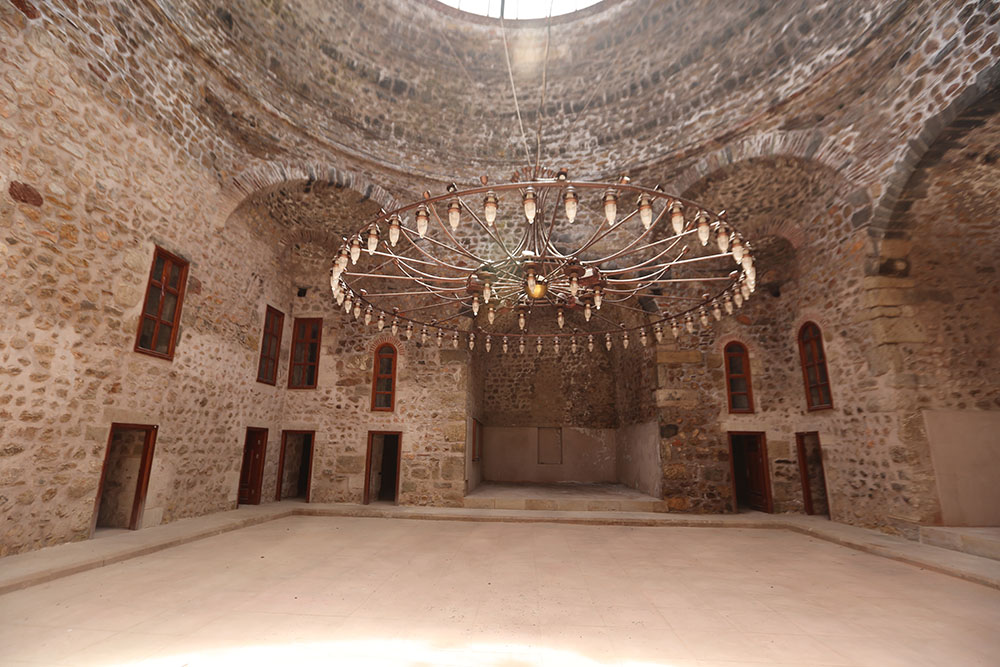
Yağıbasan Madrasah interior
Places to Visit
The city has hosted many civilizations with its historical structures and natural beauties. The main historical and natural places which can be visited are:
- Sulusaray Thermal Springs
- Pervane Hammam
- Sebastopolis Ancient City: It is located outside of the city and not widely known. It looks like Bergama Ancient City with hammam, and lion statue.
- Almus Dam Lake
- Niksar Castle
- Zile Castle
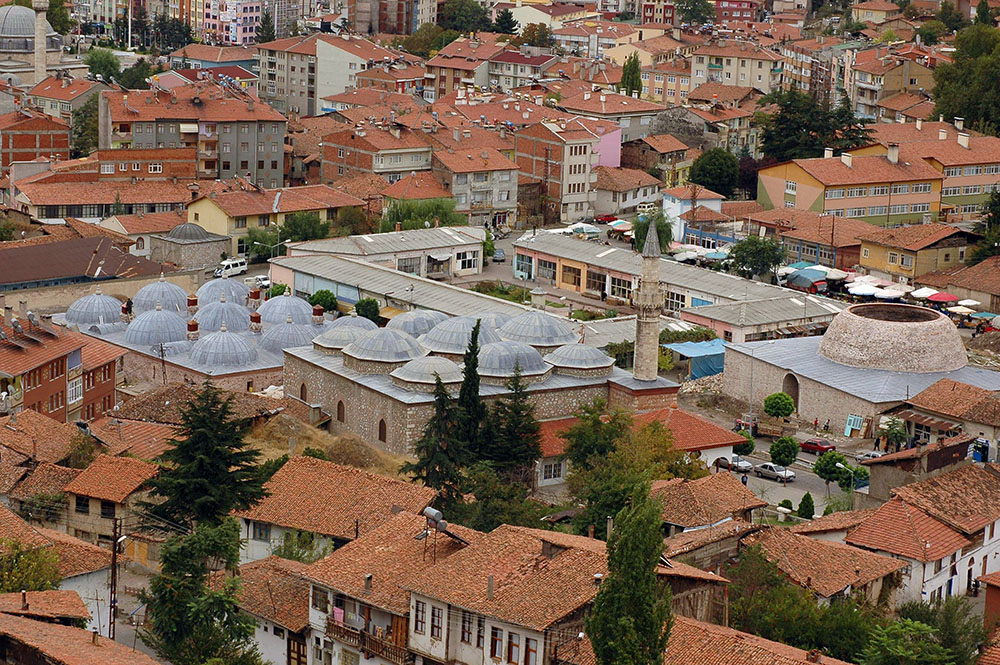
Ali Paşa Hammam
- Ballıca Cave: It has a healing power for health problems and invites visitors to take a mysterious trip. Asthma patients from different cities come here to seek recovery.
- Akbelen Highland: With its oxygen-rich air and green areas, it is definitely worth seeing.
- Tokat Atatürk Mansion
- Tokat Castle: It has a peculiar design. The facade of the castle was built with completely natural stones and the inside was built with human labor.
- Selemen Highland: This place offers a beautiful discovery trip. Local people set up a bazaar here during summer season.
- Tokat Museum
- Tokat Dervish Lodge
- Çam içi Highland
- Tokat Ulu Mosque, Niksar ulu Mosque, Zile Ulu Mosque, Elbaşıoğlu Mosque, Bedesten Mosque, Boyalı Hasanağa Mosque
- Ali Paşa Hammam

Historical tombs in the Museum of Melikgazi Turkish-Islamic Stone Arts
Cuisine
Of course, the cuisine of such a rich-in-culture city will be rich as well. The province has also its own traditional dishes. Grape leaves flourish here and are distributed to every point of the country; these leaves are as delicious and as high quality as those of the Aegean Region. That is why stuffed grape leaves are one of the favorite dishes of the city. Tokat kebab, fenugrek paste, pancake, keşkek, Zile batı, Tokat tomato sauce, rosehip, sağacı, Zile pekmez, and Niksar walnut are among other favorite local foods.
How to Get There
You can use the new Black Sea Road for travelling to the province. Travellers should be careful because some parts of the road are not yet well structured. Air transportation is also available via Tokat Airport if you need a shorter travel time. Thanks to regularly scheduled flights, you can enjoy safe travel to the province.

